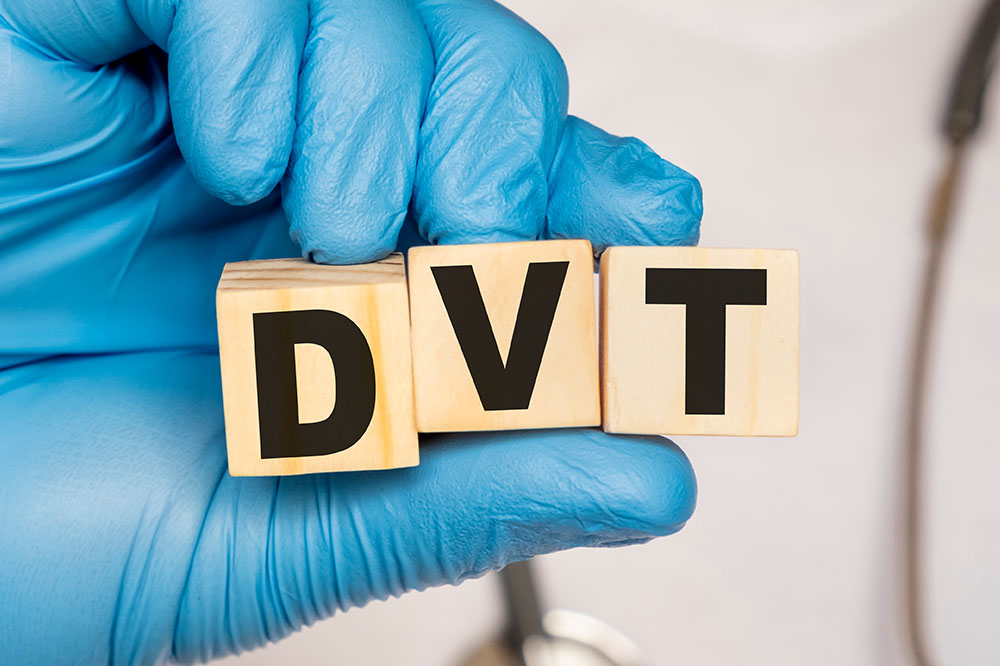
5 Treatment Options to Manage DVT
DVT stands for deep vein thrombosis, a condition where a blood clot forms in a vein located deep in the body. When blood becomes solid, it is called a clot, and while this can form in any part of the body, DVTs typically occur in the thigh or lower leg. Symptoms do not always arise in everyone with the condition. But DVT can turn into a pulmonary embolism, which is dangerous if left untreated.
Treating DVT
While treating DVT, the goals are threefold: preventing the clot from becoming bigger, preventing pulmonary embolism, a condition where a part of the clot breaks off and travels to the lungs, and reducing the chances of another DVT. There are several treatment options for deep vein thrombosis, the most common of which are listed below.
1. Blood thinners
Blood thinner helps treat DVT since thick blood is more likely to form a clot than regular blood. So an obvious step to combat deep vein thrombosis is blood thinners or anticoagulants. In addition to making your blood thinner, they also make existing clots smaller and decrease the chance of developing clots. These medications can be oral pills like warfarin, injectable subcutaneously like fondaparinux and enoxaparin. Or even via IV, for example, heparin. Typically you need blood thinner medications for three months. Blood-thinning can be dangerous since there can be side effects. Physicians need to take regular blood tests, and pregnant women should be particularly cautious.
2. Thrombolytic medications
In severe cases of deep vein thrombosis or pulmonary embolisms or when anticoagulants do not work, thrombolytics come into play. These medications help break down clots. It is used primarily for those with clots in the upper extremities. They are delivered intravenously or through a catheter placed directly into the vein in question. It causes serious bleeding, so it is used only in severe cases.
3. Filters
If you are one of those who cannot take blood thinners, a doctor might suggest filters. Doctors insert these into large veins, usually the abdominal vena cava, to prevent clots in the lower limbs from traveling up the veins and into the lungs. The goal here is to prevent a pulmonary embolism. However, over time, filters themselves cause DVT. Filters should be used for only a short-term when the risk of thromboembolism is high.
4. Compression stockings
Apart from medications, you can look to compression stockings to treat your DVT. These are special knee socks that prevent blood from pooling in the legs and forming clots. You can prevent swelling associated with DVT using these stockings. If you happen to fall in the spectrum of high risk for the condition, your doctor may suggest this. You may need to wear compression stockings during the day for up to two years.
5. Surgery
Surgery can get rid of DVT in the arm or leg. It is the treatment option for large clots or clots that causes serious issues, like tissue damage. Your surgeon will make a small incision into the affected blood vessel, locate the blood clot and remove it. Then he repairs the blood vessel and stitches the tissue and skin. Since it is risky, surgery is only for severe cases.


